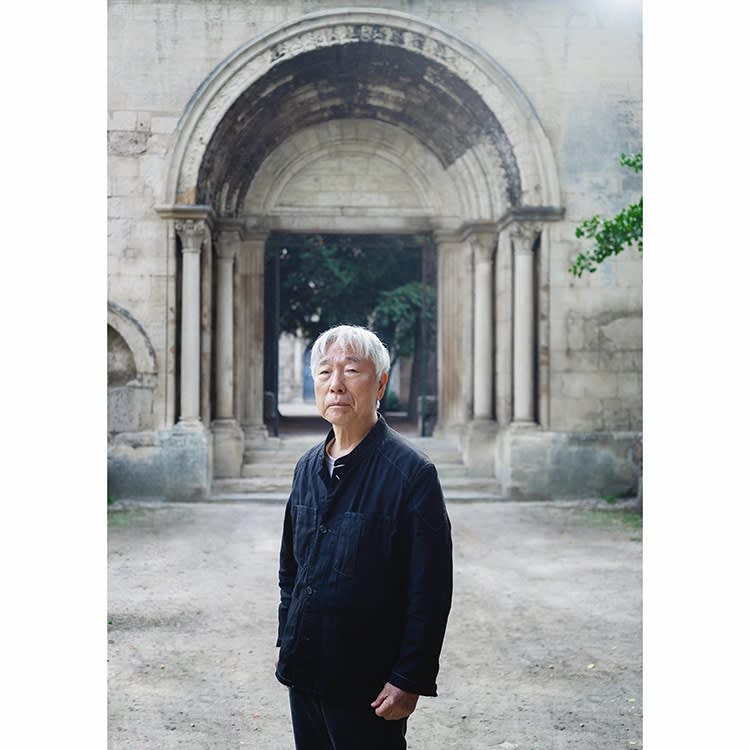Lee Ufan b. 1936
Lee attended Seoul National University before moving to Japan in 1956. He later studied philosophy at Nihon University. Lee is known as a leading figure of Monoha, one of the most significant art movements in postwar Japan, which emerged in the late 60s. His unconventional artistic process underscores the relationship between the viewer, the artwork, and the spaces they inhabit. Lee is also known for philosophical writings that challenge prevailing notions of artmaking with attention on spatial and temporal conditions.
His major solo exhibitions include "Lee Ufan: The Art of Margins,” Yokohama Museum of Art (2005); “Lee Ufan: Marking Infinity,” Guggenheim Museum, New York (2011); “Lee Ufan Versailles,” Palace of Versailles, Versailles (2014); “Inhabiting time,” Centre Pompidou-Metz, Metz (2019); “Lee Ufan: Open Dimension,” HirshhornMuseum, Washington D.C. (2019); “Lee Ufan, 15th Anniversary of the National Art Center, Tokyo,” National Art Center, Tokyo (2022) among many others. Lee opened Lee Ufan Museum, designed by the architect Ando Tadao, on Naoshima Island in Kagawa, Japan in 2010, Space Lee Ufan in Busan, Korea in 2015, and Lee Ufan Arles in Arles, France in 2022.
